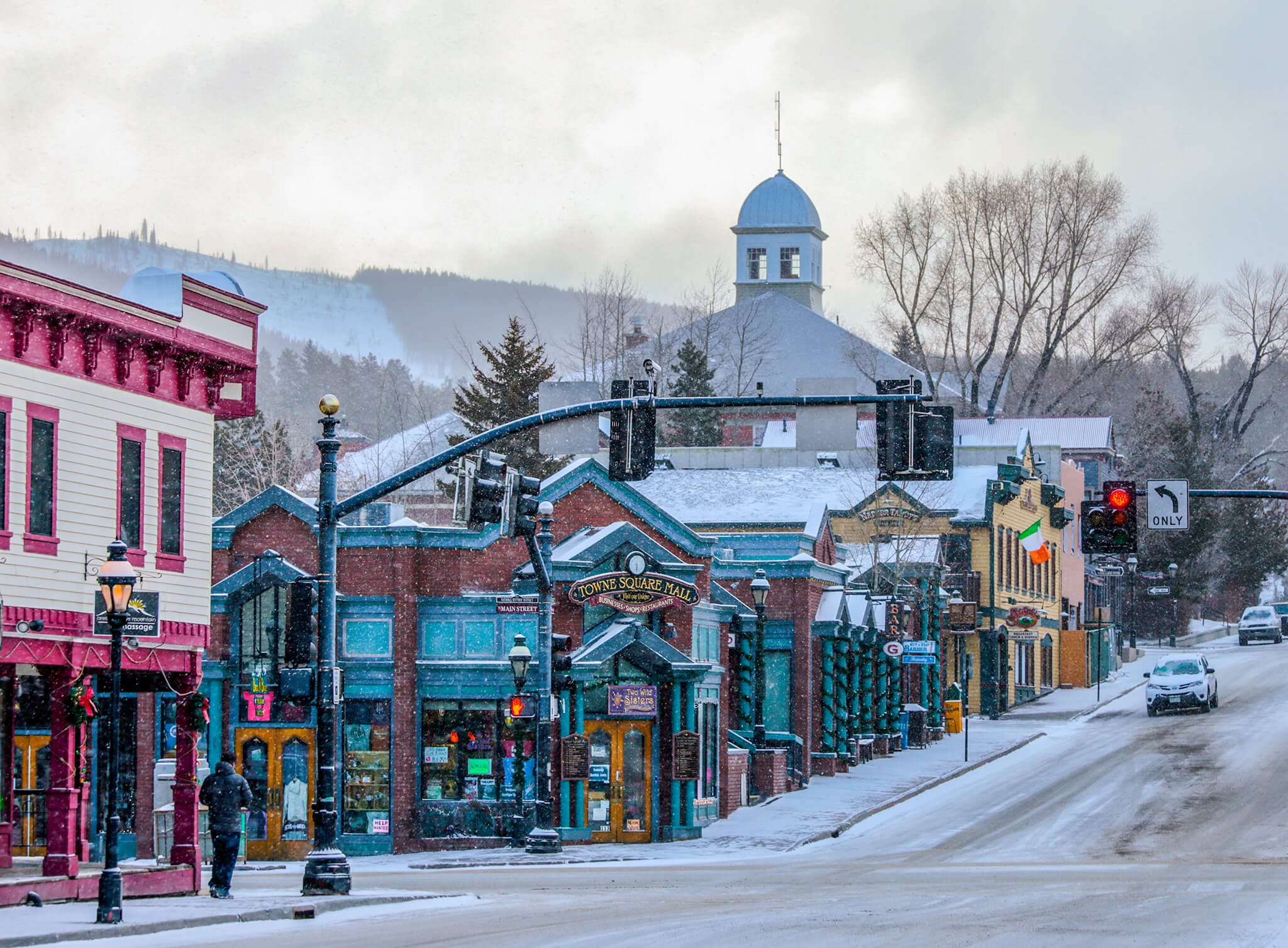
Happy New Year SnowBrains readers! I got to ring in 2022 by exploring the slopes in Breckenridge – the 4th largest ski resort in Colorado. While I was there, I was taken aback by the natural beauty of the massive resort. Located at an elevation of 9,600 feet, the mountain encompasses an impressive area of 2,908 acres with five amazing peaks to tear up, offering a wide array of runs for all ski levels. Breck is an EpicMix resort, and it currently has 60% of its resort open with access to 114/187 of its trails.
Breckenridge is not only an awesome mountain to ski: the historical downtown area is bursting at the seams with art, culture, and one-of-a-kind shops and restaurants to keep you entertained at all times of the day. As I strolled downtown with my sister on New Year’s Eve, I was able to appreciate the rich history that oozed out of every building and house on Main Street. The majority of the street has been preserved since the town was incorporated in 1880.
Believe it or not, Breckenridge was originally a hunting ground for the White River and Middle Park Ute Native American nomadic tribes. In 1859, white settlers from northern parts of the United States began to arrive in large groups. These settlers were not using the land to hunt any longer. Instead, the wild search for gold was on, and word on the streets at the time was that Breckenridge was rich in gold due to its pristine location next to the Blue River. Miners began to pour in day by day, establishing businesses, schools, churches, post offices, and cemeteries. By 1862, Breckenridge had been transformed from its natural hunting plains into a strong mining town.
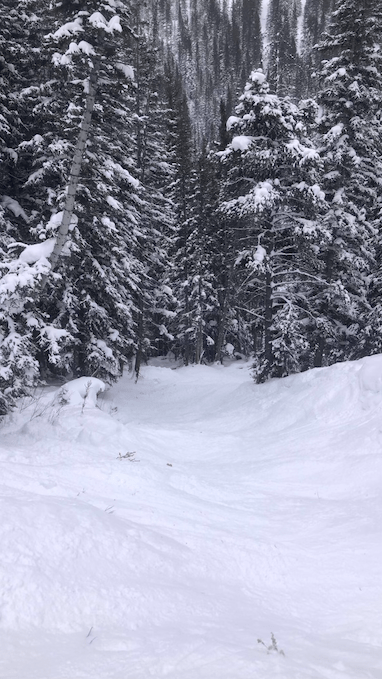
The town proved to be rich in natural resources, and settlers continued to pour in throughout the rest of the 1800s to mine different leads, metals, golds, and silvers to make a living. These miners continued to expand Breckenridge, and they built many of the buildings that are still standing on Main Street. Unfortunately during the Great Depression in the 1930s, larger mining companies began to catch word of Breckenridge’s access to natural resources that were so desperately needed at the time. These companies ended up taking jobs away from the miners, and the town became a ghost town in 1950 with only 250 people living within the town’s borders. The population continued to dwindle due to WWII and natural disasters such as wildfires and avalanches.
Almost a decade passed before Breckenridge was able to grow its population again. What caused this spike in population? You guessed it – skiing! Town residents took advantage of the growing popularity in the need for ski resorts, and in 1961 Breckenridge Ski Area was established with the help of a lumber company out of Kansas called Rounds and Porter. Since 1961, this ski area has been constantly added to and innovated into the resort we all know (and hopefully love as much as I do) today.
Many citizens of Breckenridge volunteer to maintain the rich history of the town so that visitors from all across the world can learn about what came before. I know I personally deeply appreciated getting to learn a little bit of history about the town that I love traveling to during the winter months.
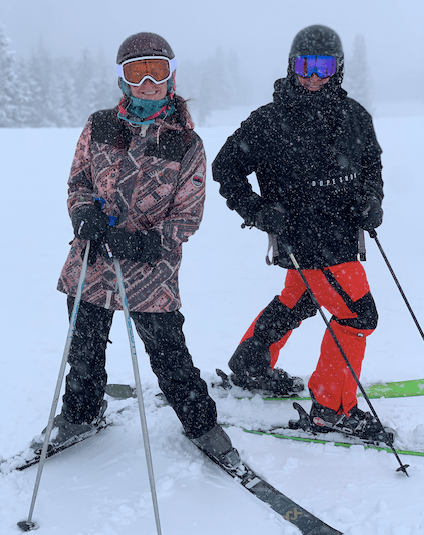

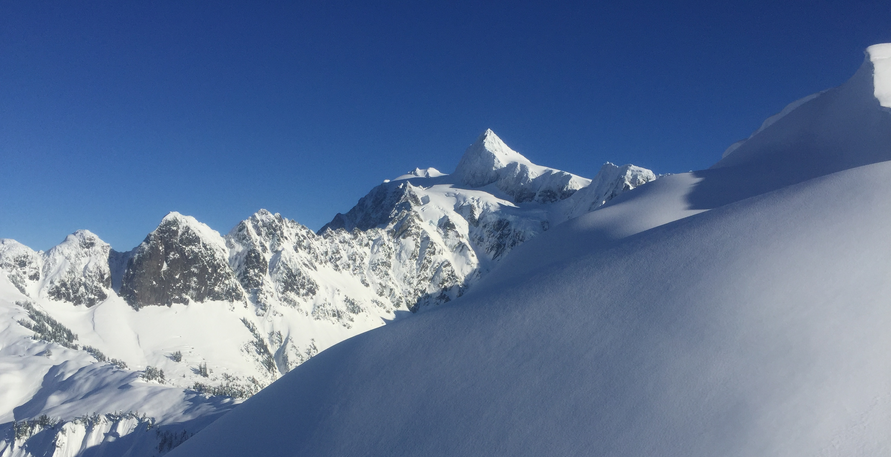
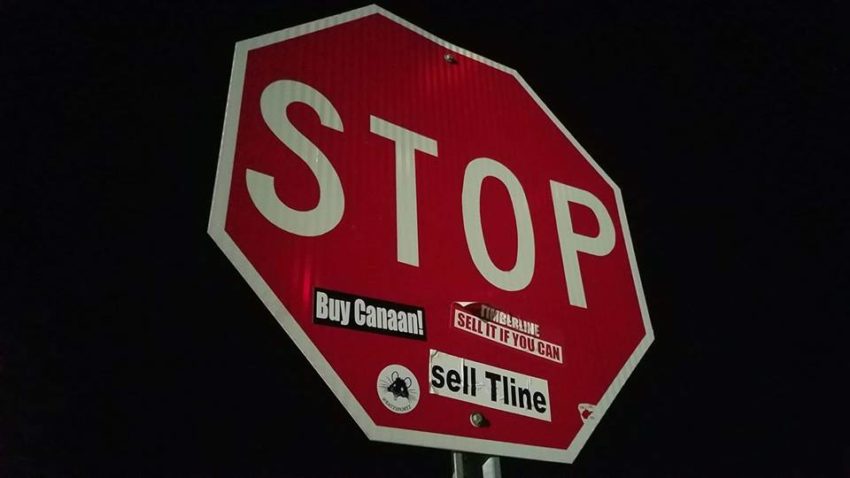
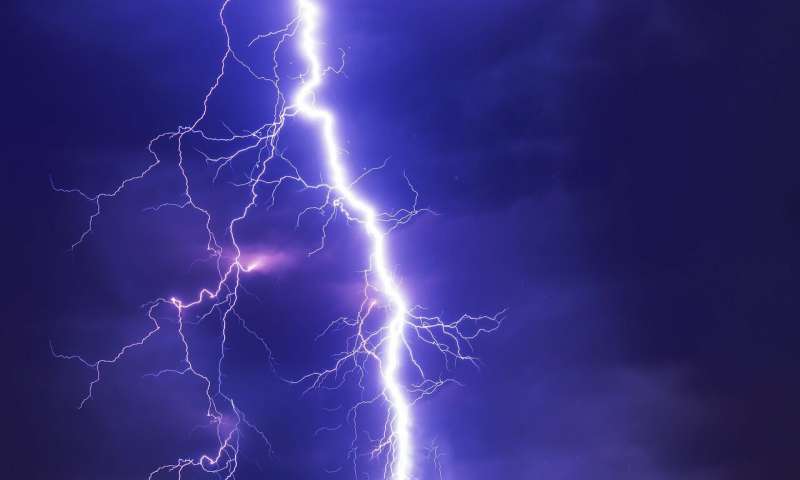
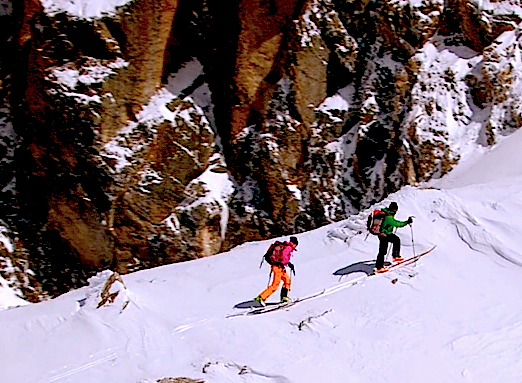
Looks like Breckenridge is the 6th largest in Colorado by acreage after Vail, Keystone, Snowmass, Winter Park and Steamboat.